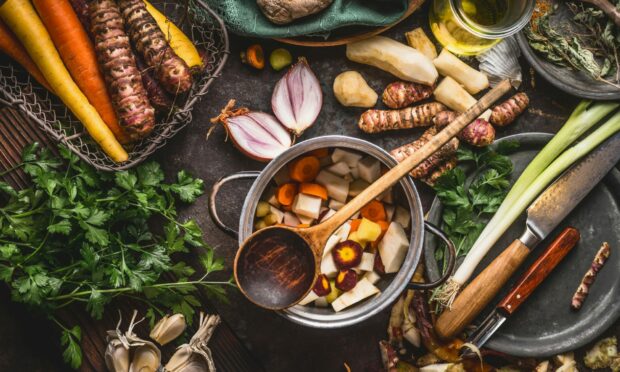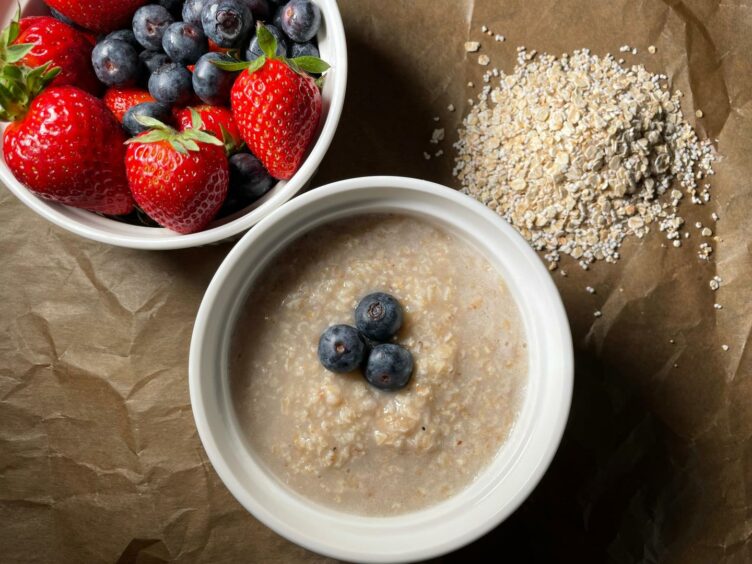Emerging food trends will provide huge opportunities for Scottish farm produce – but in order to capitalise on them farmers need to become more savvy about their ultimate consumers.
That was the message from Andrew Niven, the strategic market intelligence officer at Scotland Food and Drink, who told the SAOS conference in Dunblane that Scottish agriculture should make more noise about how good it is at sustainable farming and tell its story on a worldwide scale.
He outlined the new trends and buzz words being used in both mainstream and social media which point to a greater interest in quality of life, nutrition, a need to get back to nature and above all else a desire to enjoy life after the pandemic.
“It’s an indicator that things are going in the right direction,” he said.
“The trend is more about nutrition rather than individual diets. People want to get back to simple ingredients and know what’s going into their foods and that’s an area of strength for Scotland and a massive driver for the food industry.
“There has been a disconnection with food, but with Scotland, people can picture oats and raspberries and the barley grown for whisky, and knowing the produce is being grown in a sustainable manner is where the opportunities arise for the industry.
“But companies need to understand more about marketing – something they haven’t been great at – and many smaller businesses haven’t been exposed to how marketing works and have been more focused on getting the product right, believing if they do that it’ll sell itself. But it’s not always the best products that hit the shelves.”
Mr Niven said farmers would benefit from a greater understanding of markets and food trends.
“Primary producers need to think about their customers as the person sitting down with the bowl of porridge rather than the wholesalers and supermarkets. They need to understand better so they can say to their buyers ‘this is what the shopper wants’.
“They need to be on the front foot, and help is available at the Knowledge Bank on our website.”
Turning to misleading advertising and greenwashing, Mr Niven said the influence of
science is growing and there is an onus on everyone in the supply chain – but particularly retailers and food service outlets – to be clear and accurate.
“Any product that states it is climate friendly or carbon neutral will have to prove it. It’s good news for us that someone’s seriously looking at this and now the big companies with massive marketing budgets will be held to account.”
To find out more visit theknowledgebank.scot












